So let me first say that by “non-traditional” I mean the music that is “traditionally” taught in music classrooms: Western Classical, folk songs, traditional cultural music, and sometimes jazz. By “Non-Traditional” I mean popular music (radio music), video games, YouTube musicians, movie music, and composers outside the pantheon of “the big guys”.
Your kids will see themselves.
Not only is this important, but it shouldn’t be some new-fangled idea that our students see themselves in the classroom. How many of us ladies were irritated as kids that we didn’t get a trip out of the classroom to go move heavy boxes/tables/whatever because the boys are big and strong? *Raising hand* How many of us fight that by proving we can do it without help? *Raising hand higher* How many of us gave up about being strong because someone told us we weren’t…?
If you are excluding music because it’s just for ….xyz… then your students who ARE those people will feel excluded. If you overlook women composers, your girls will internalize that it’s a man’s job. If you highlight composers who aren’t the traditional ‘dead white guys’ (no offense to them, we can still talk about them), then your students are going to see a path to being a composer, performer, etc. Teach them that they have the wings, they only need to learn to use them.
It’s a hook.
Legit, you will be the GOAT for them if you let them use music they love (school appropriate of course), NOT suggesting you pull out the stuff with the questionable swears and content. But for instance if you use someone they know and hear on the radio to help them learn a concept, or to be a starting off point for a creative project, or even to highlight a performer who may actually be the GOAT (David Grohl anyone?) then you have their attention.
- I’m obviously a big believer of the Kodaly method but the Kodaly police aren’t going to come get me if I use a ‘radio song’ to teach a concept. If the music of the people is what’s on the radio, then it should be used. Isolate a phrase: You don’t have to use the whole song, pick a part that has an obvious pattern/note/isolated use of the target concept.
- Chord patterns, cadences – can they hear it? This is an awesome use of material for your older kids who are learning about chord patterns. Bring out the boomwhackers and let them play along
- The performers, composers, music careers, that go into creating music
- Create ostanati to accompany it. Use bucket drums, body percussion, or whatever other tools you have to create. You can even find play-alongs on Youtube for these.
- Performance. This one may be tricky for singing depending on the artists, but this could definitely be a crowd pleaser.
What do you want your students to get out of your class?
Is the point of art supposed to be performance or appreciation? Understanding at some level is important for everyone, but if we are teaching students, the purpose is not for them to go into music as a career (although obviously some will), it is to give them understanding, a way to express themselves, and to create art with other people. If they never do it again, is the purpose for us only to have taught them the names of some elite pantheon of composers or to help them use music as part of their whole life? During this pandemic, how many people have you seen sharing virtual performances, going to online concerts, or watching musicians on Facebook? I bet a lot of those people sharing these videos or enjoying them aren’t musicians, music teachers, or consider themselves to have any level of musical ability. But they enjoy the art of the performance. I hope my students know it was about the art.
Written by Melissa S.

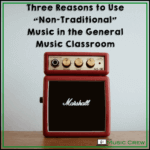
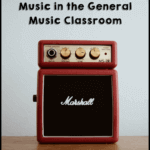
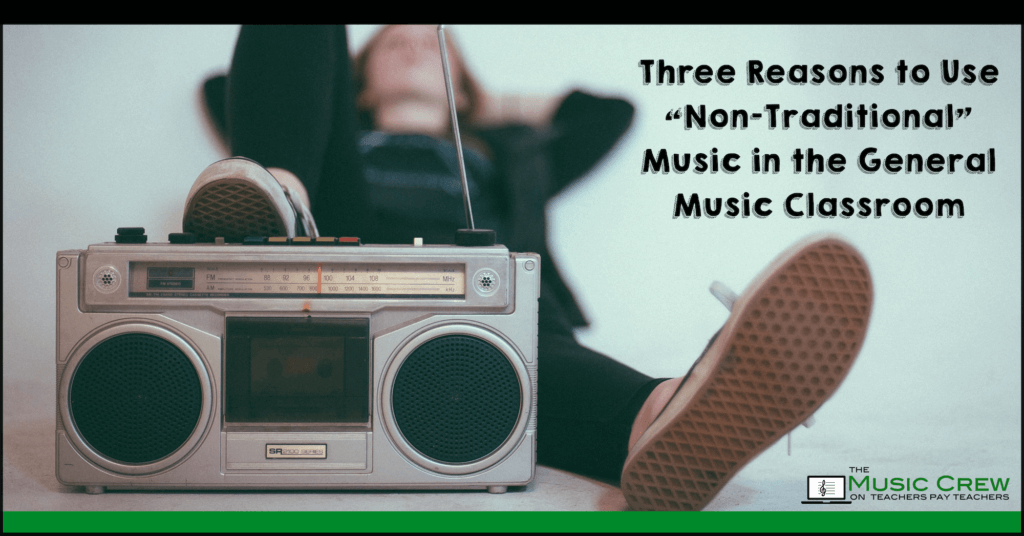
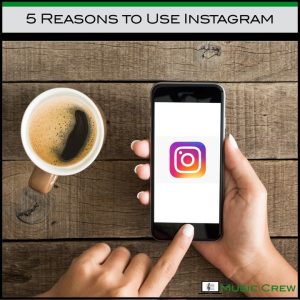
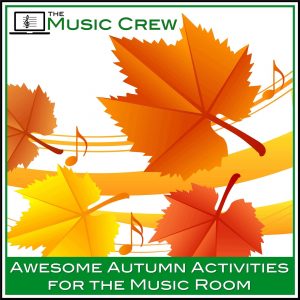
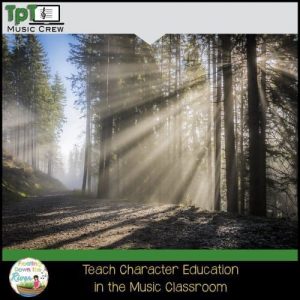
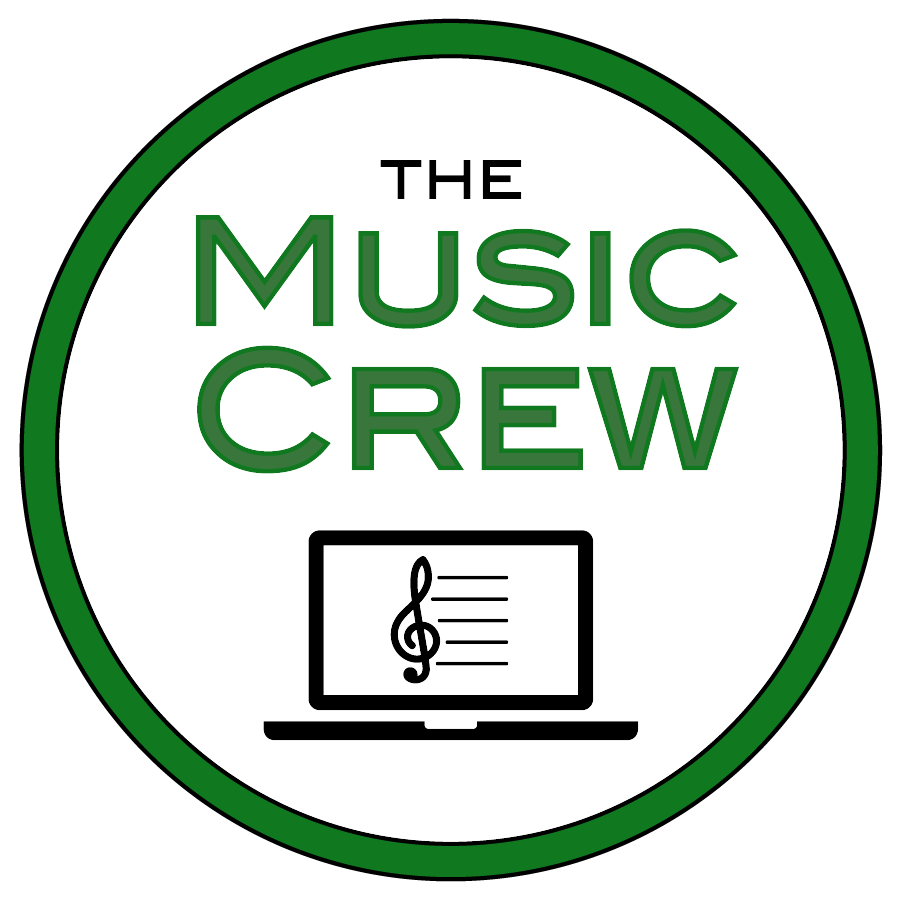


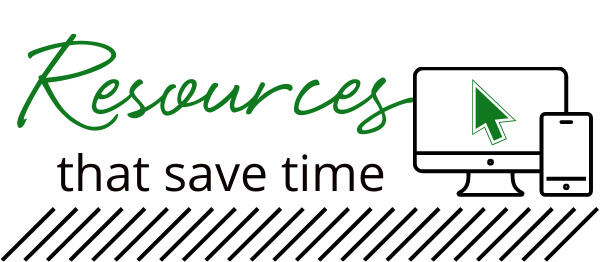
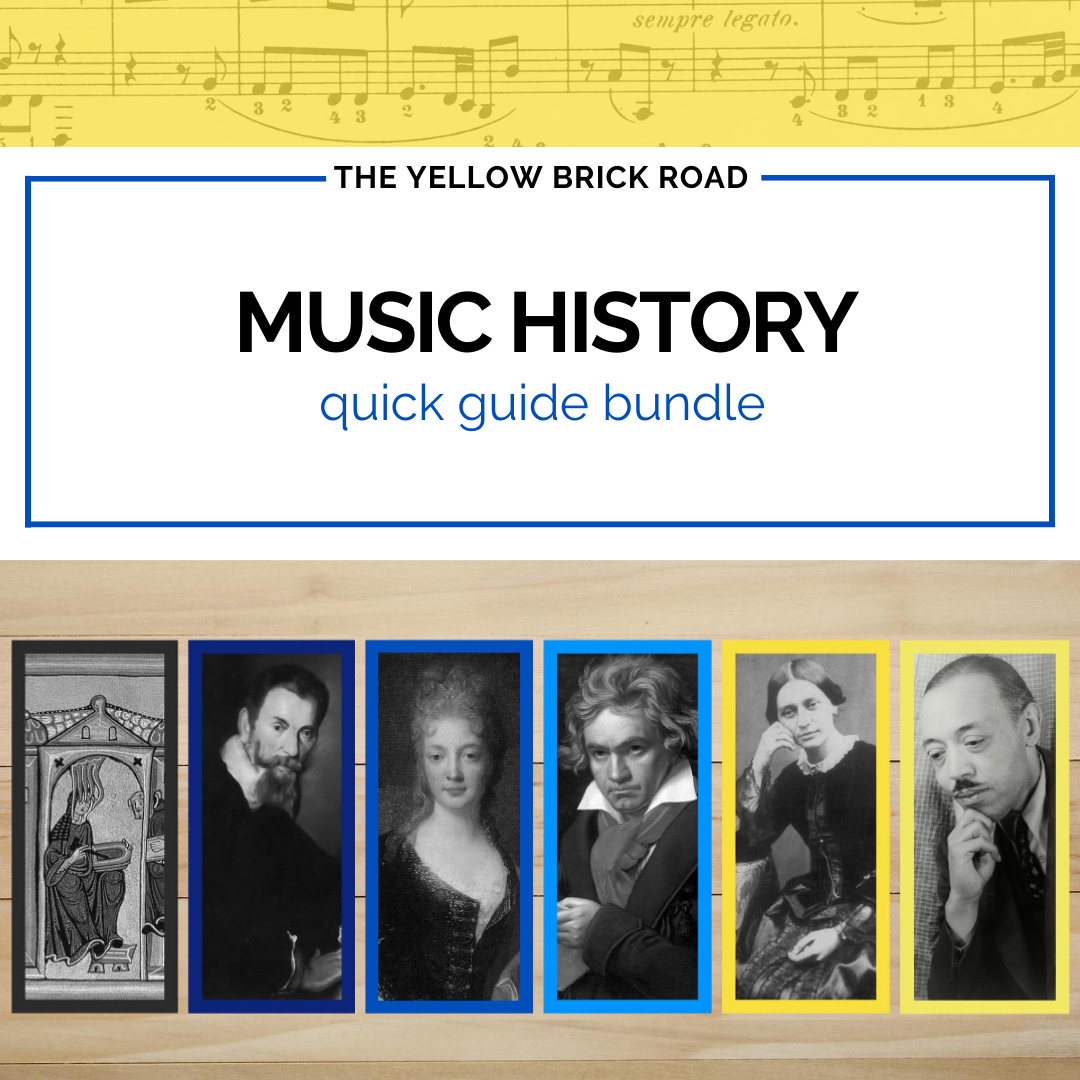
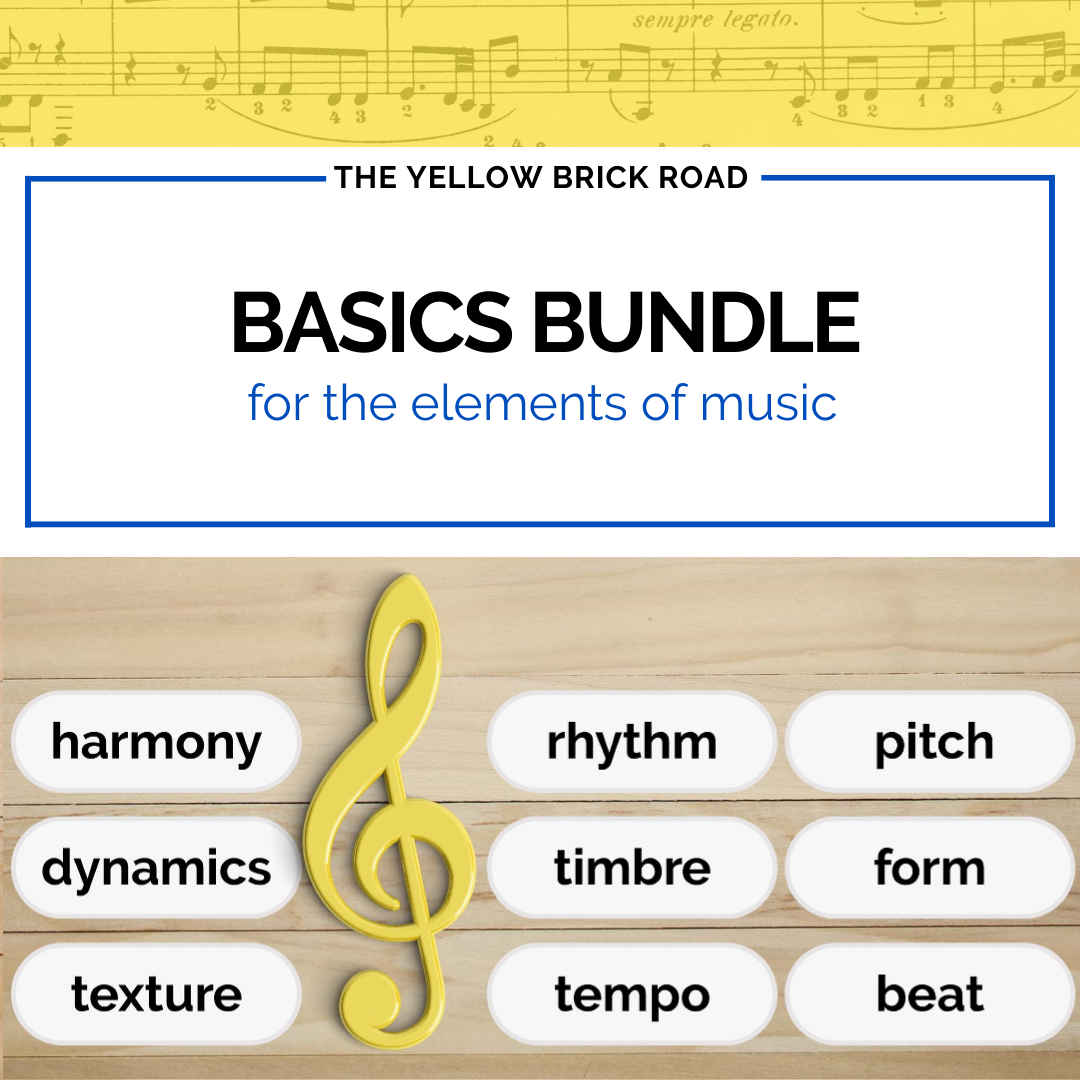

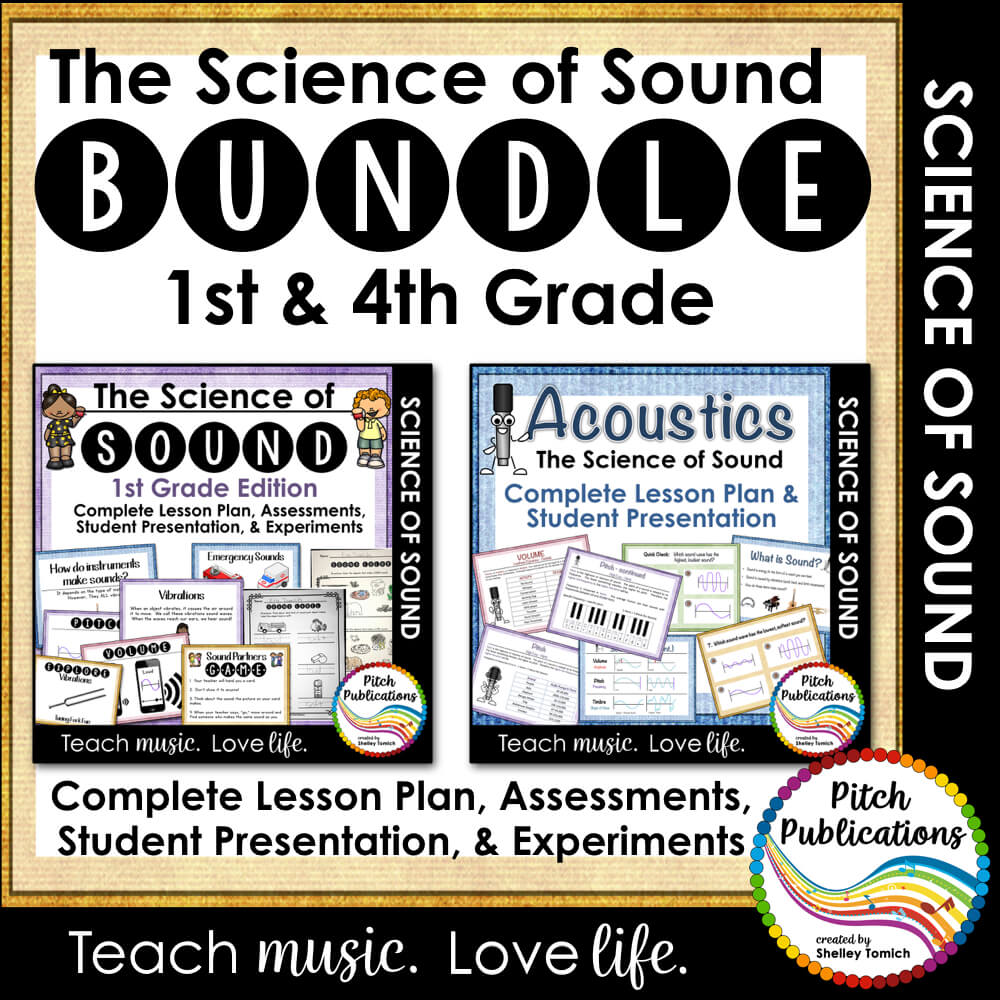
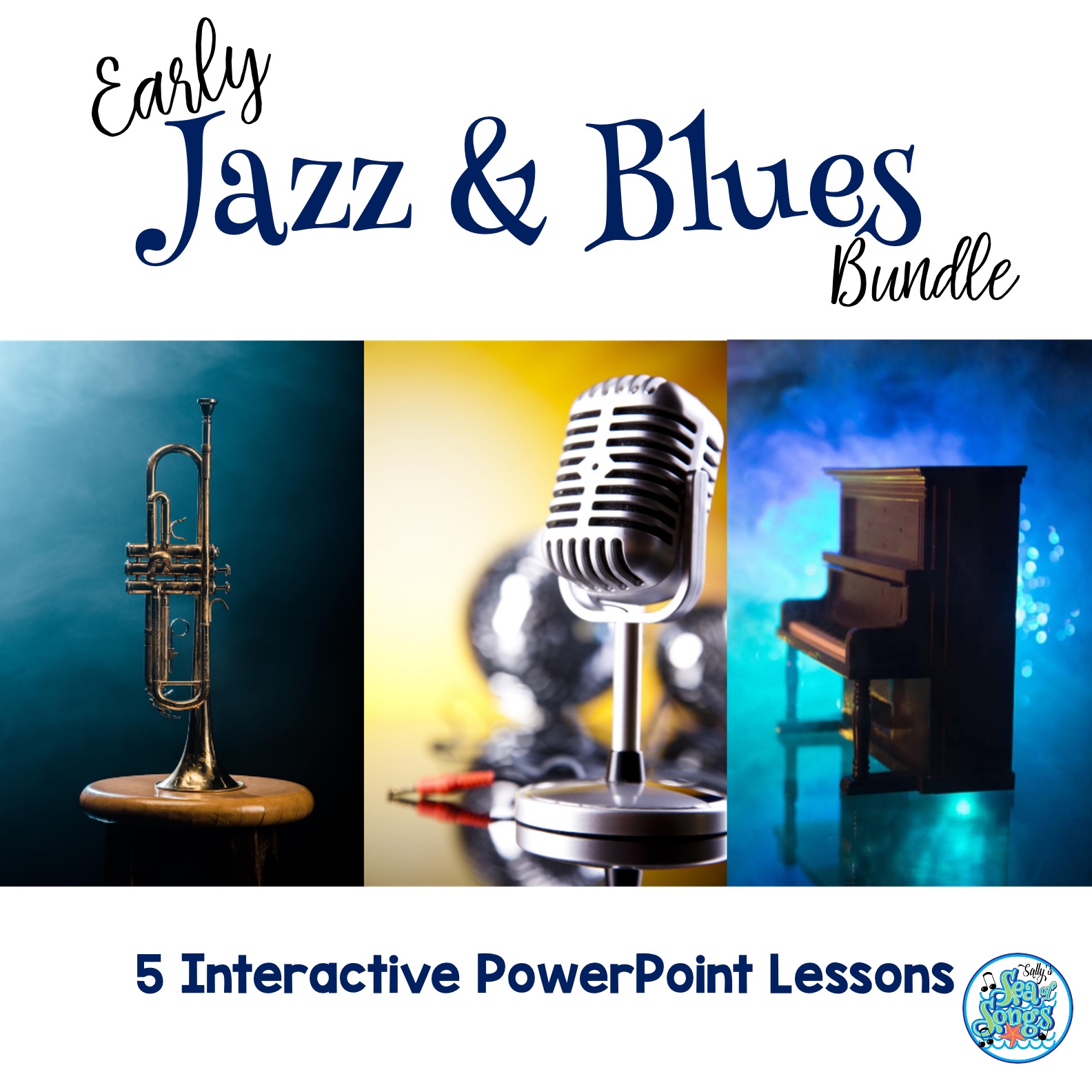
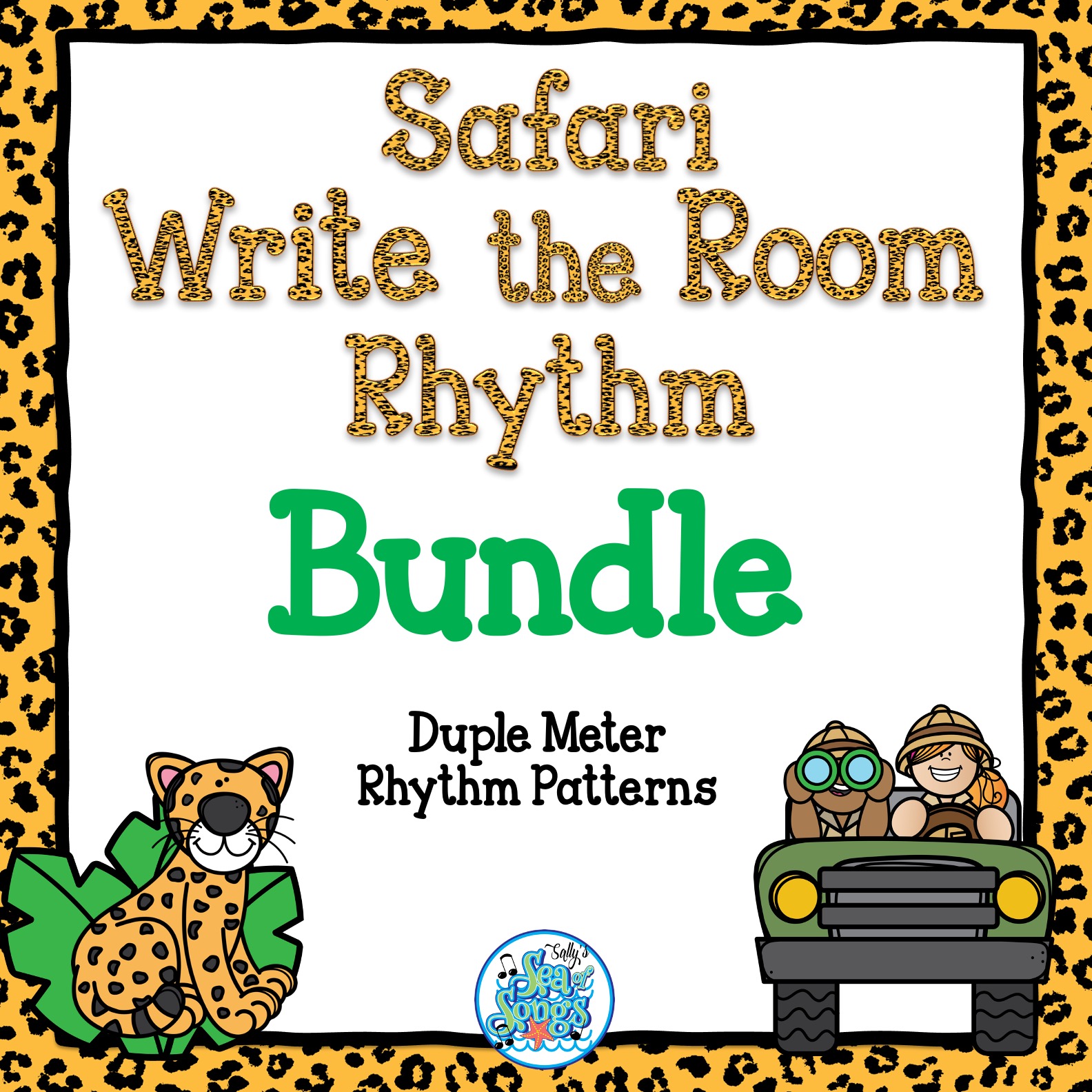
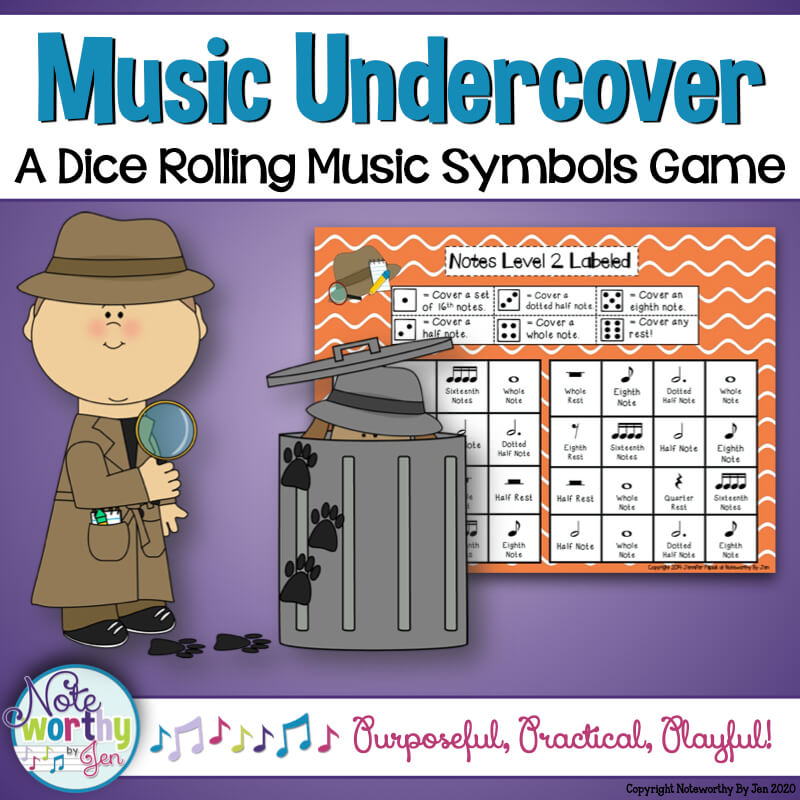
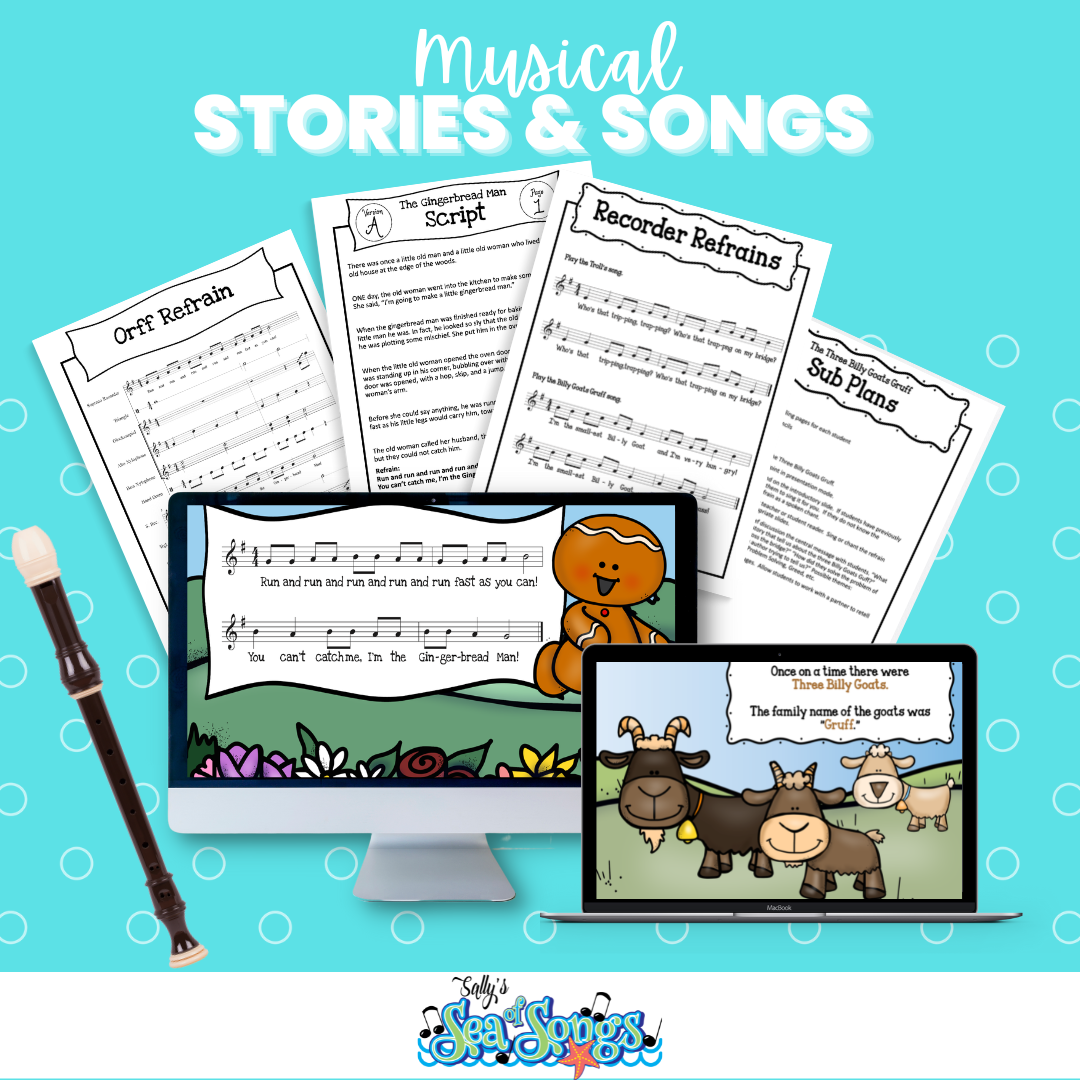
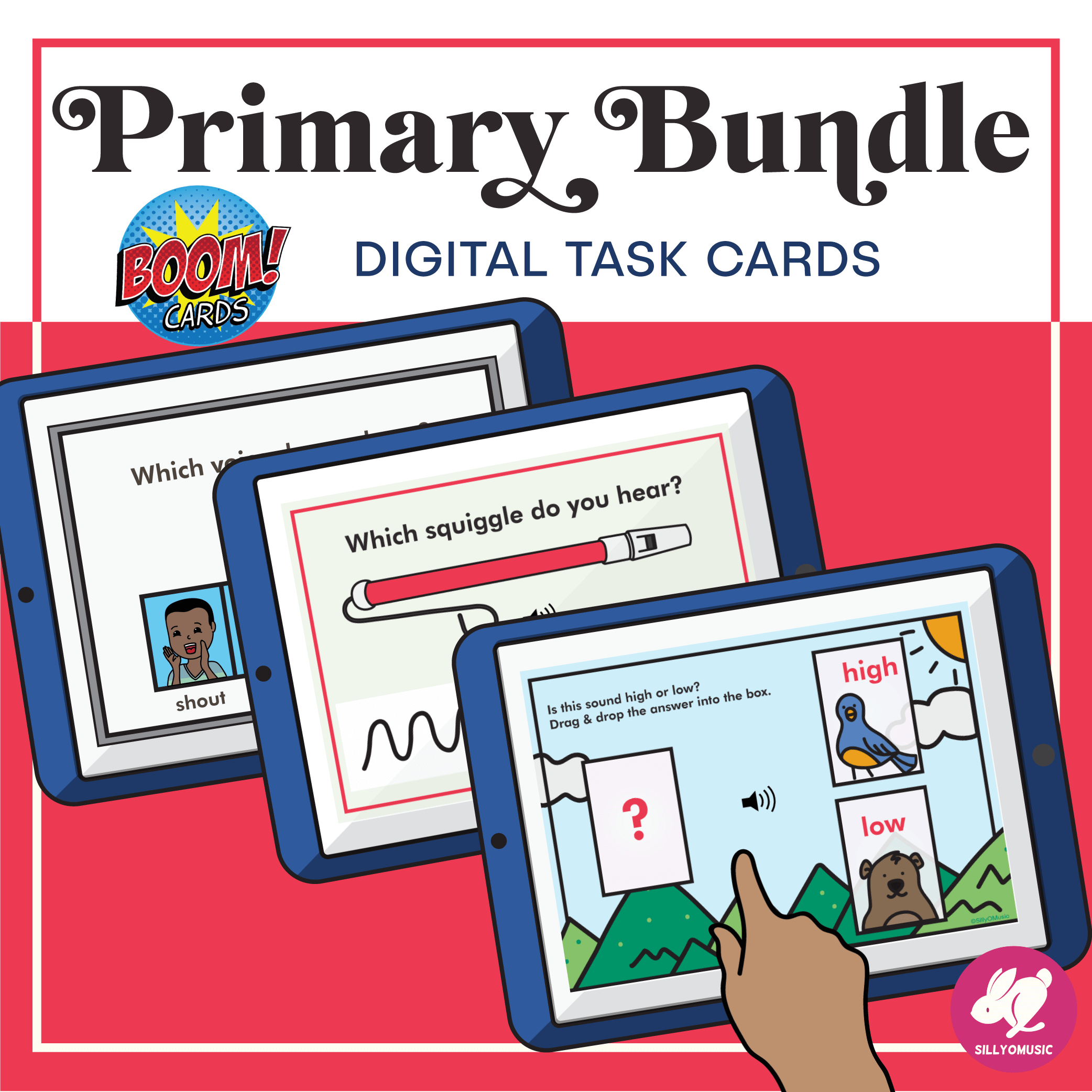
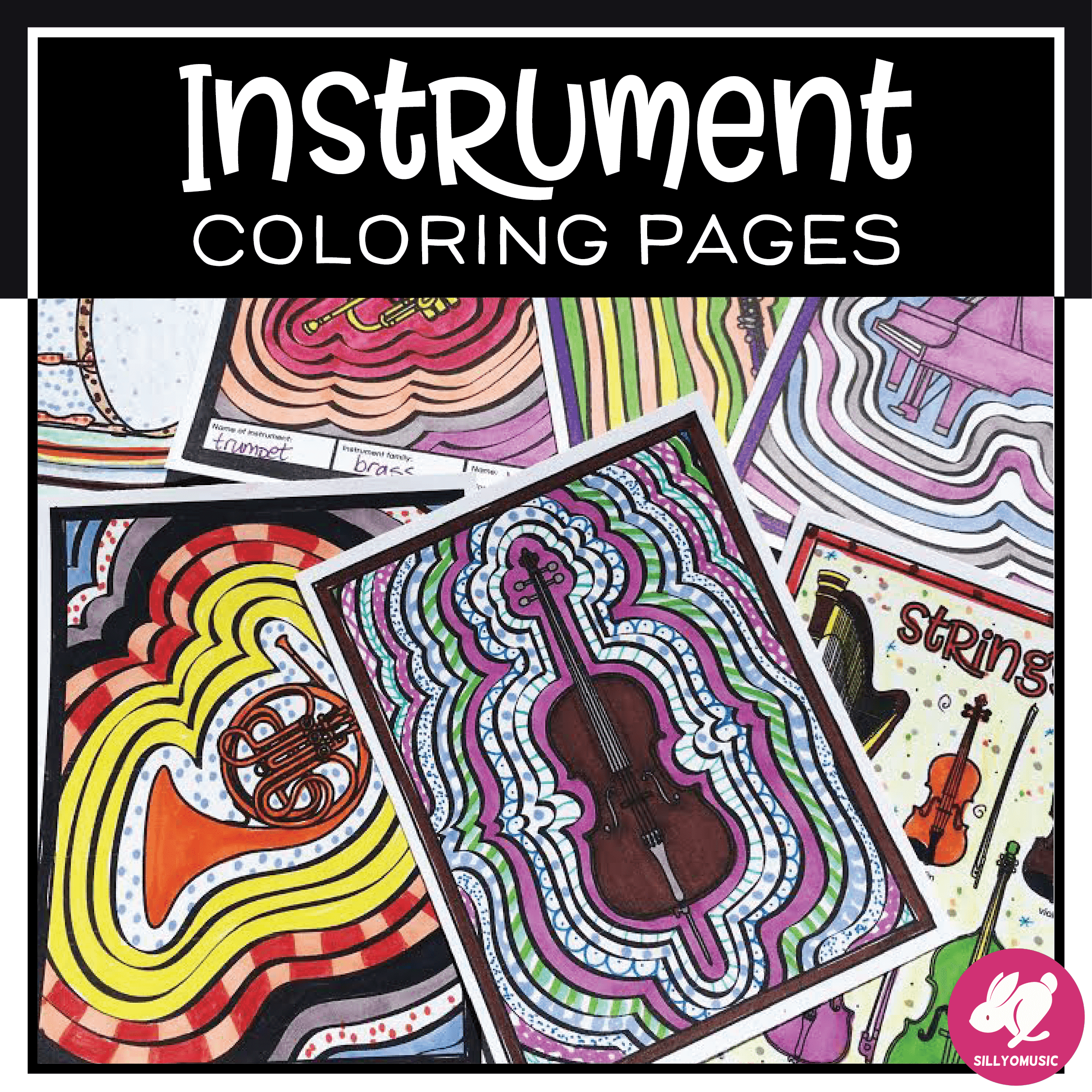
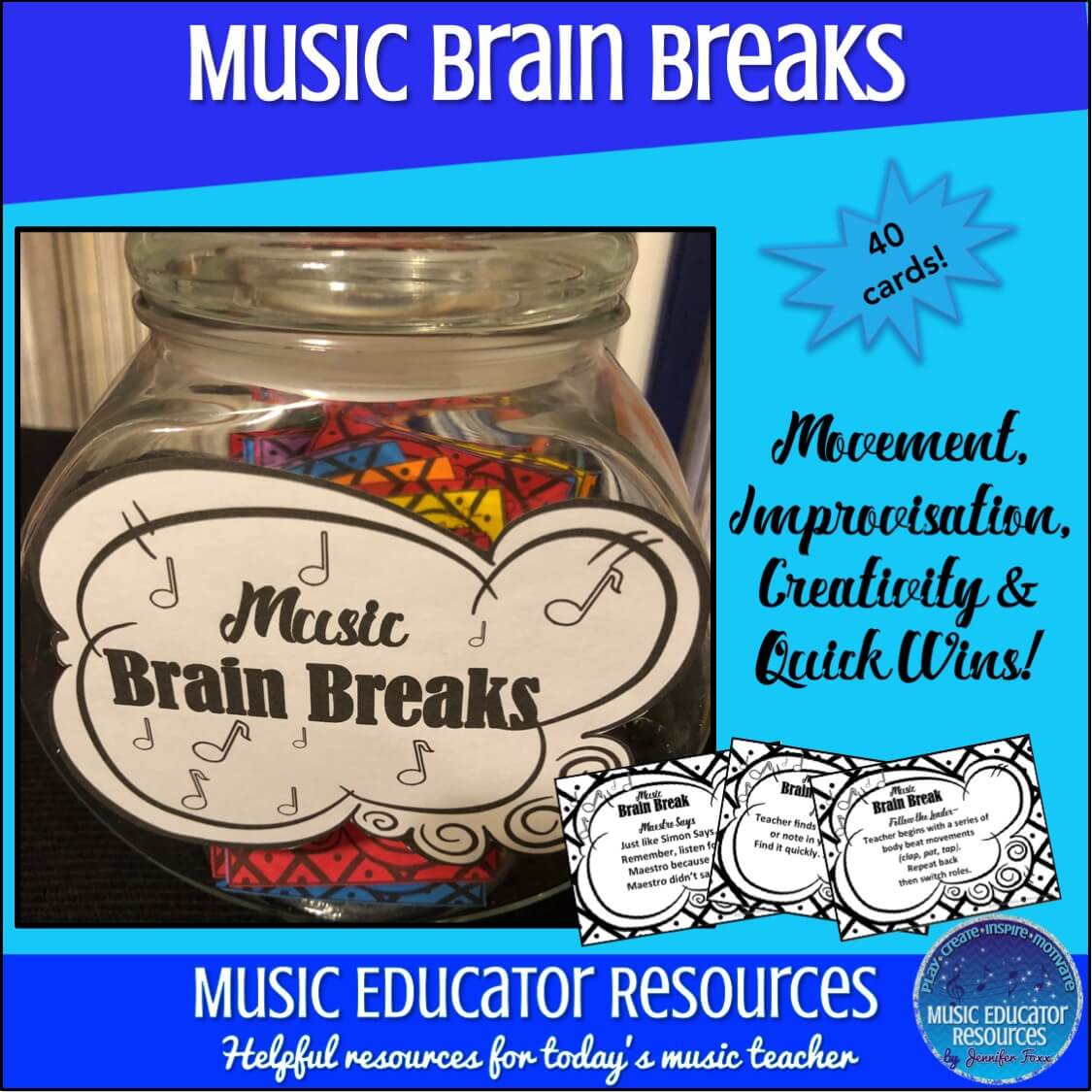
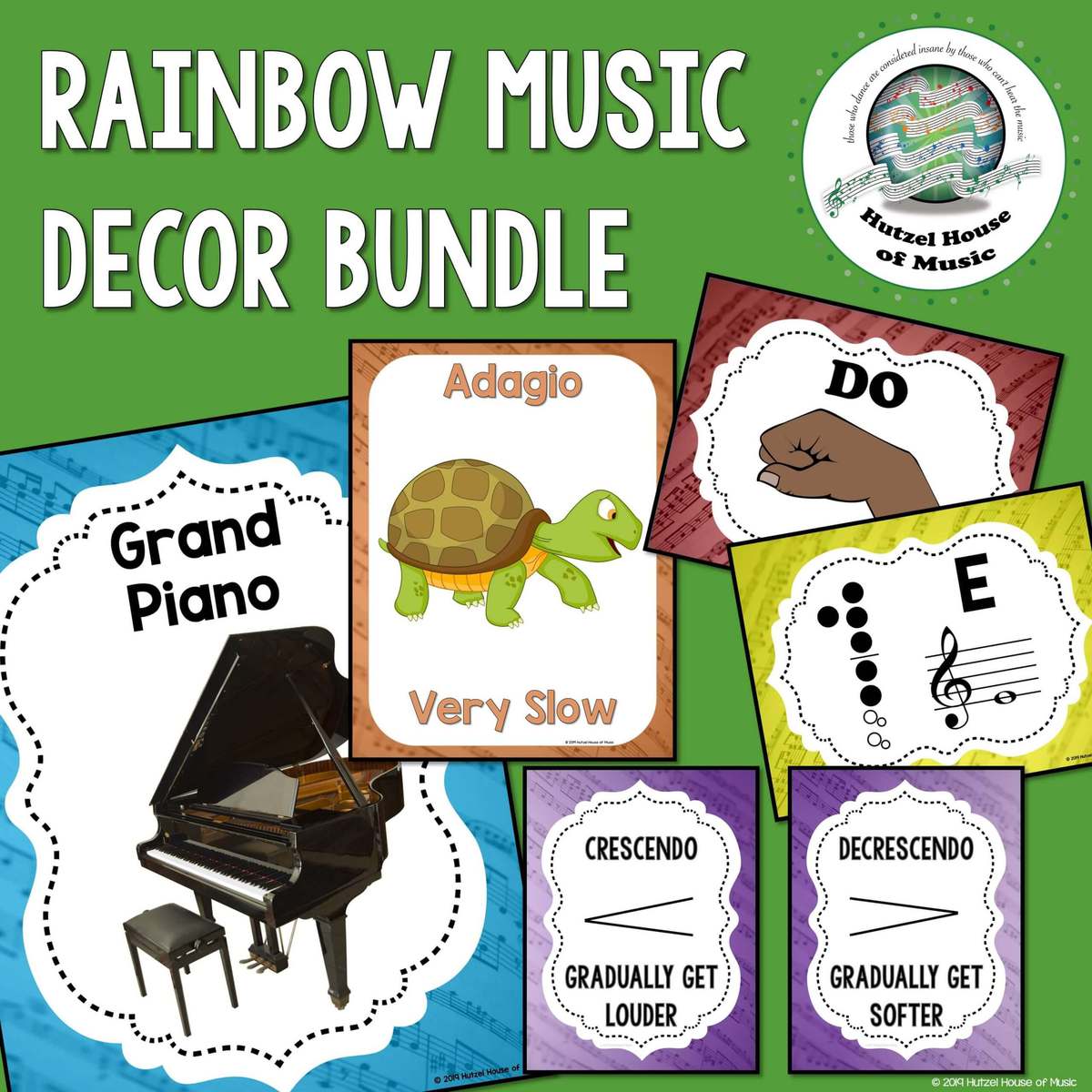
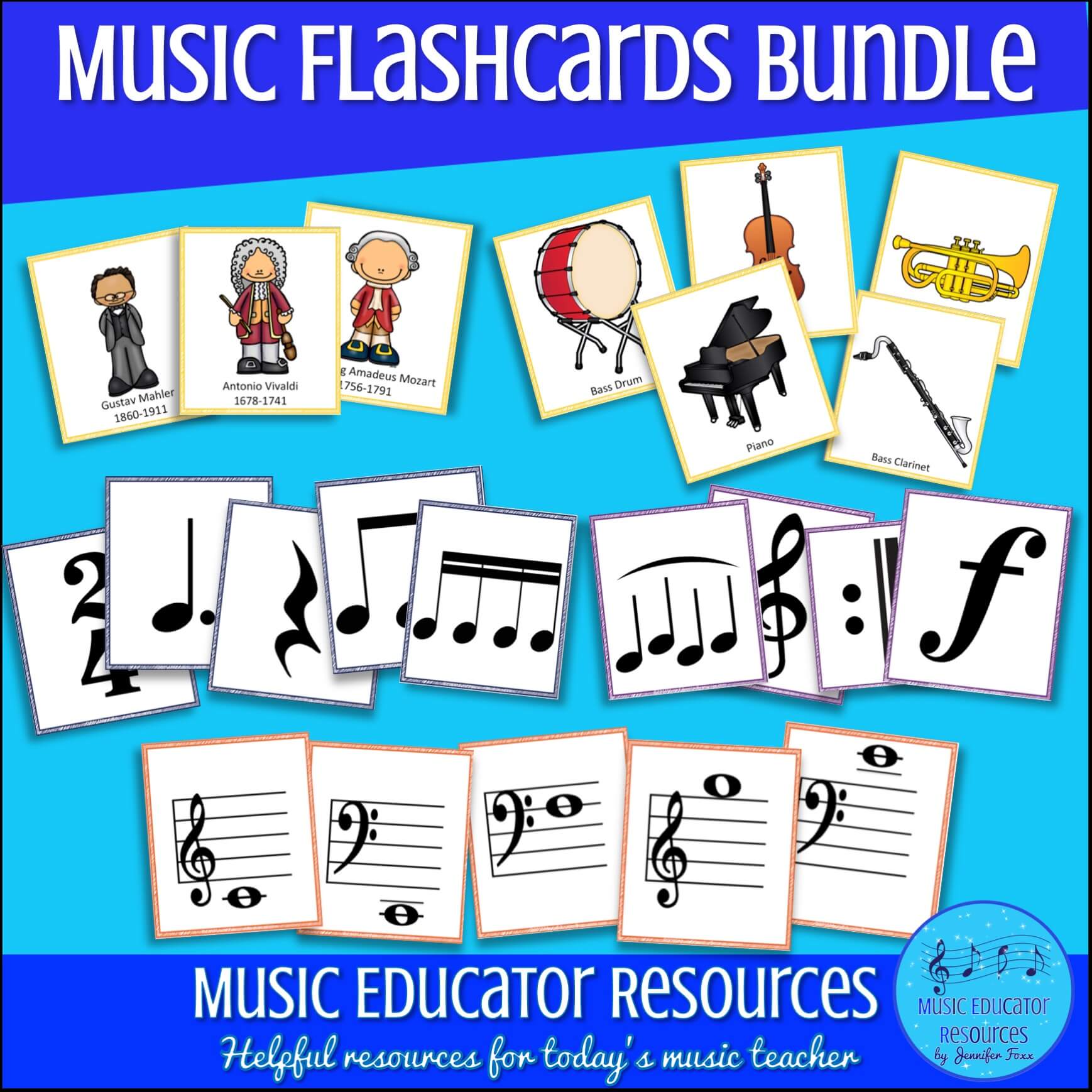
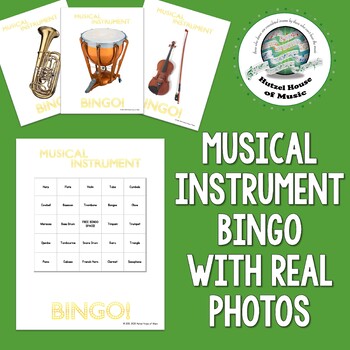
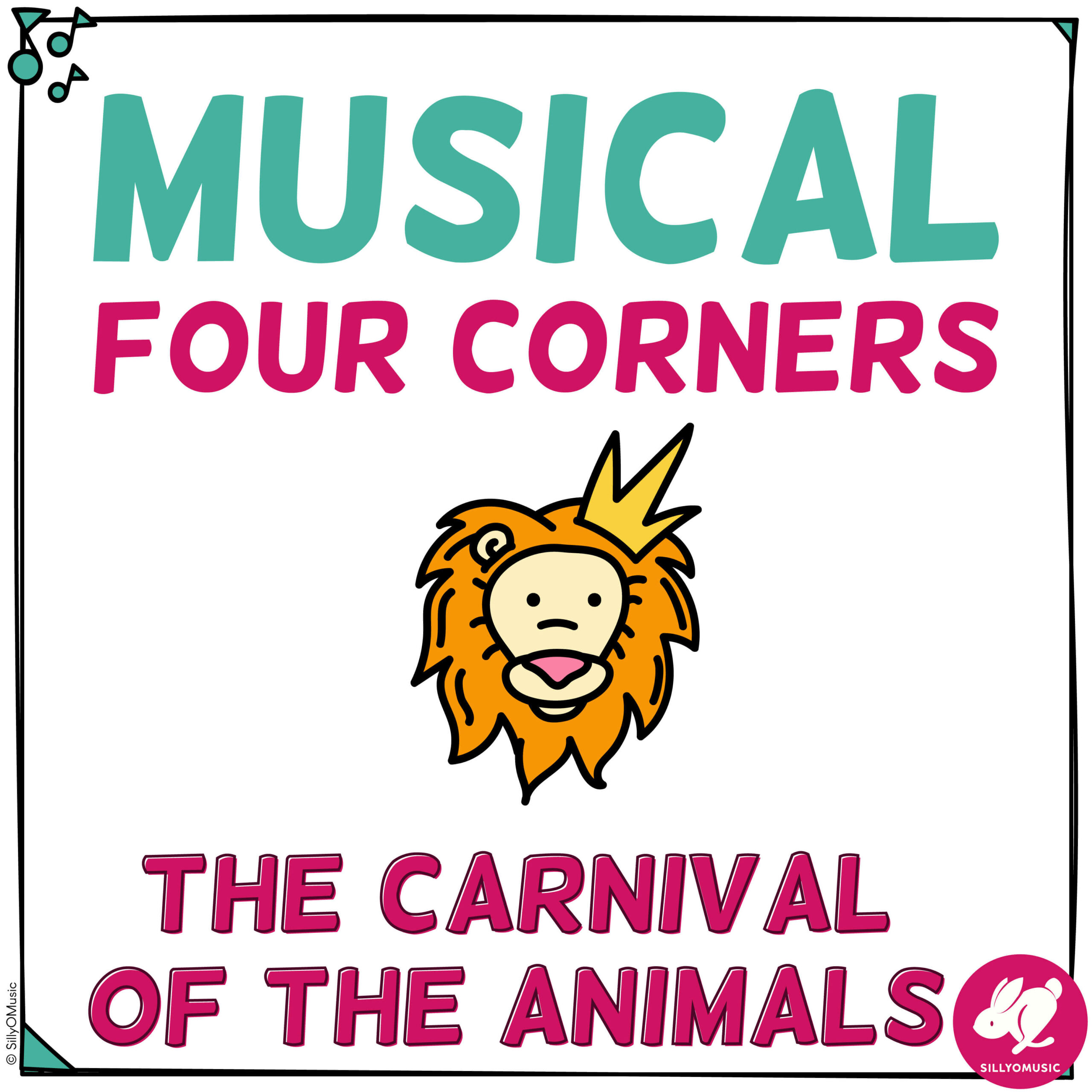

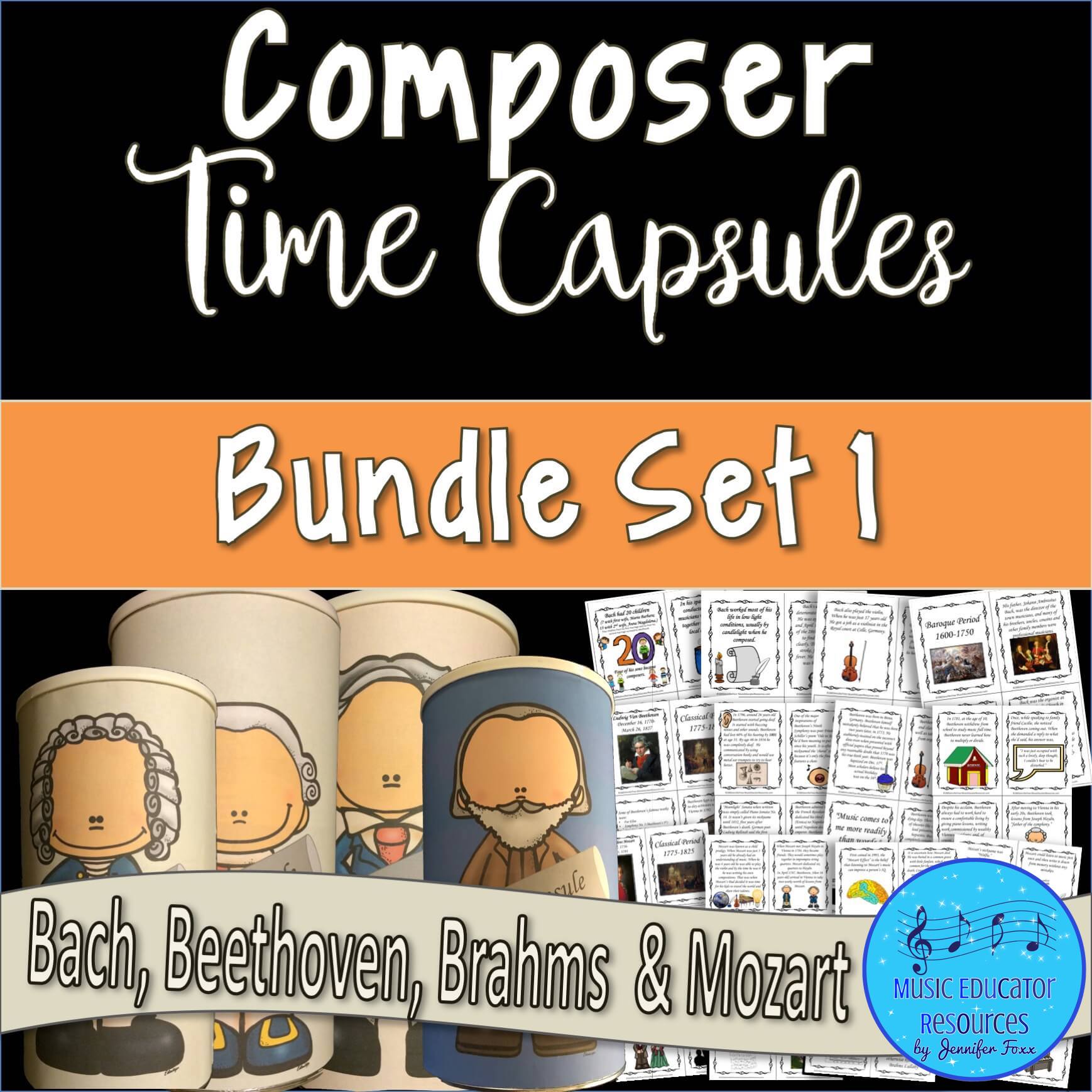
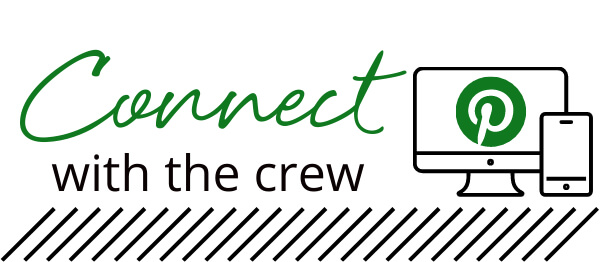



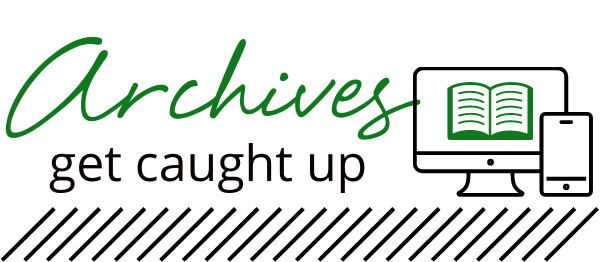
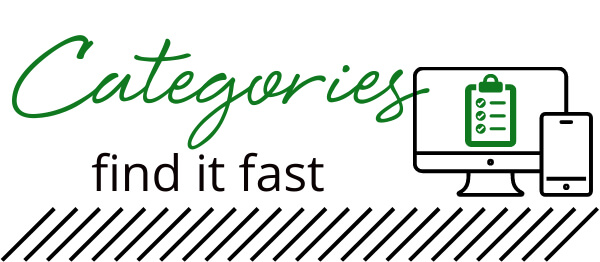
do you have non traditional songs you find work well in the classroom or do you just let the students choose the music?